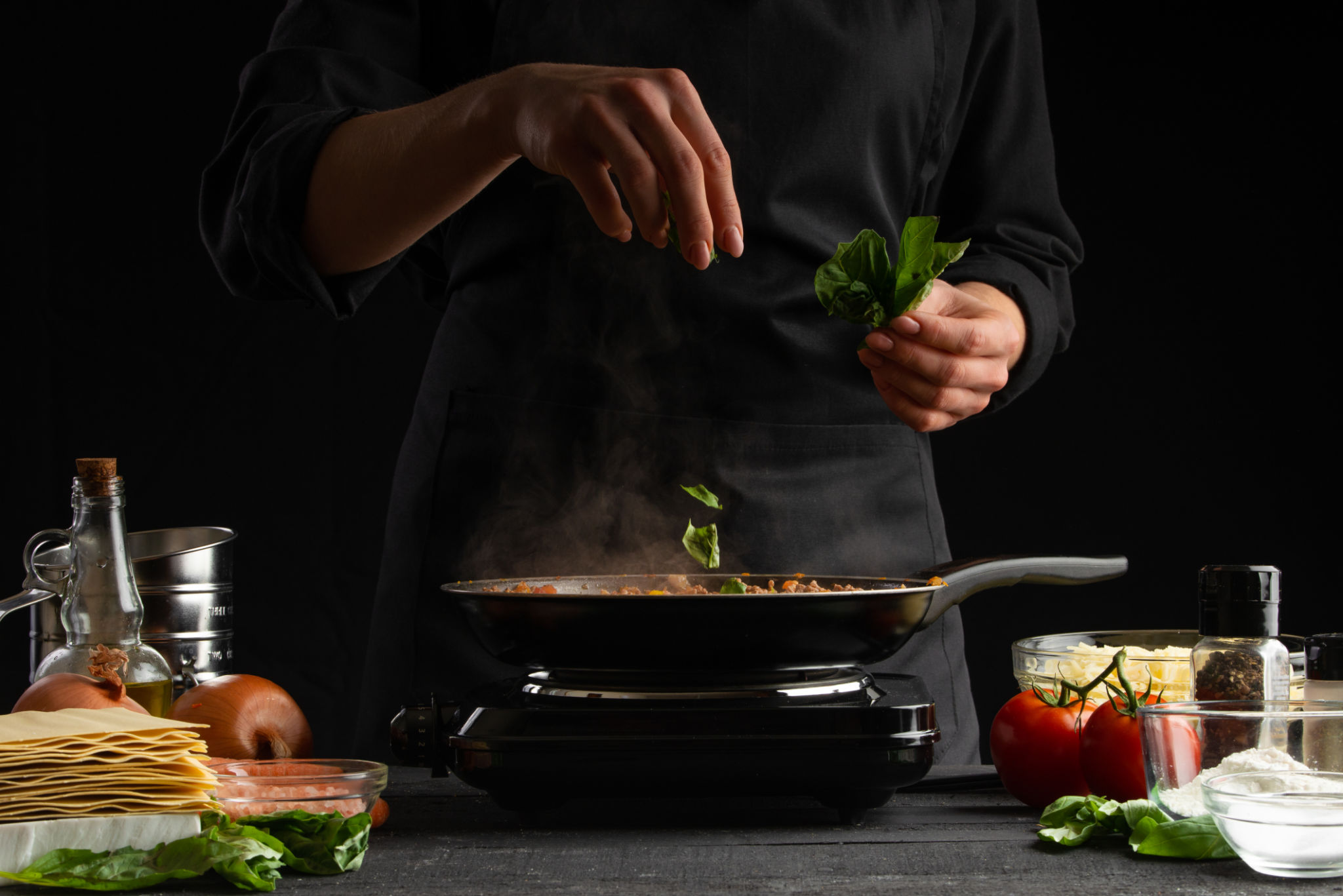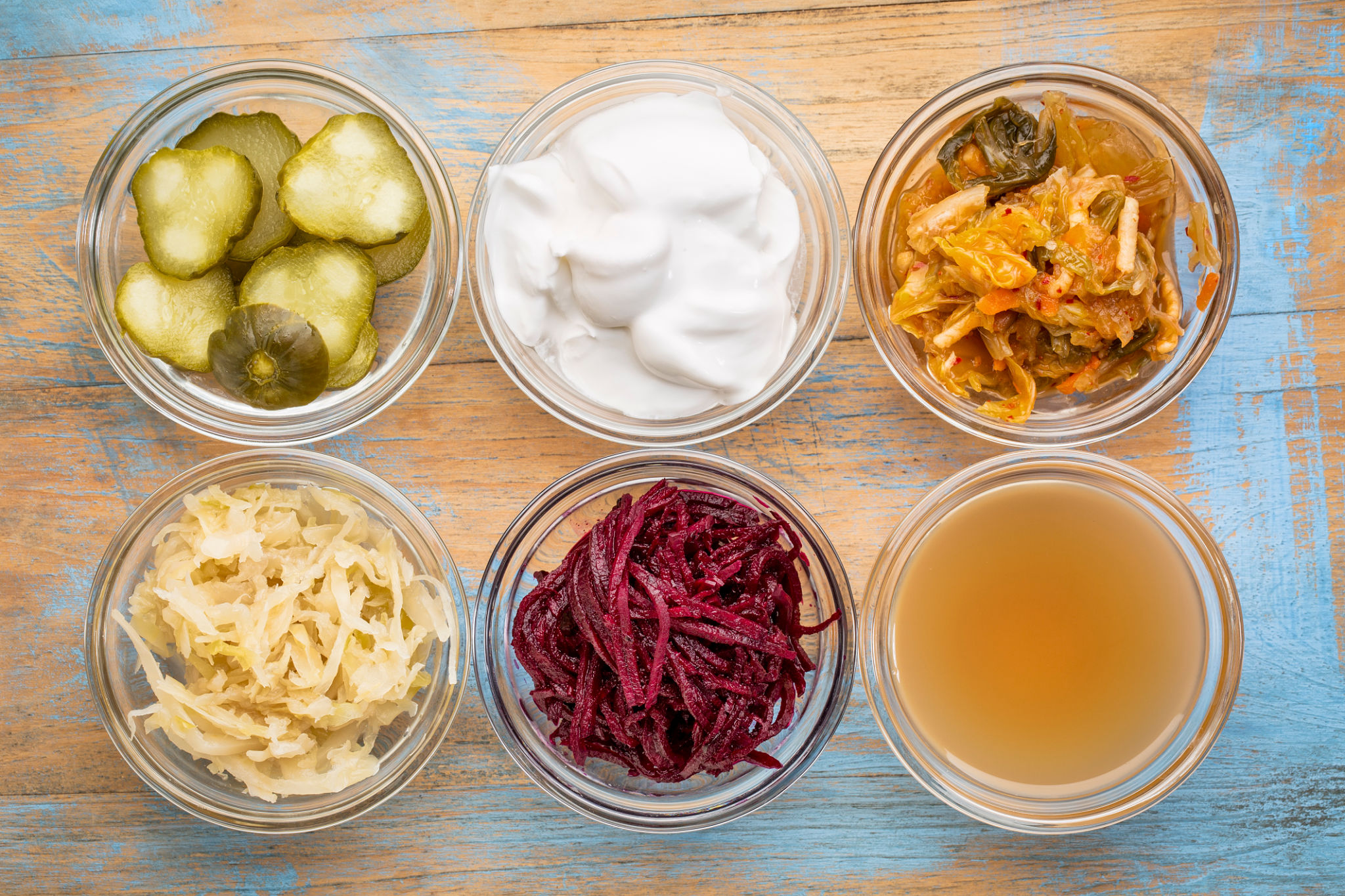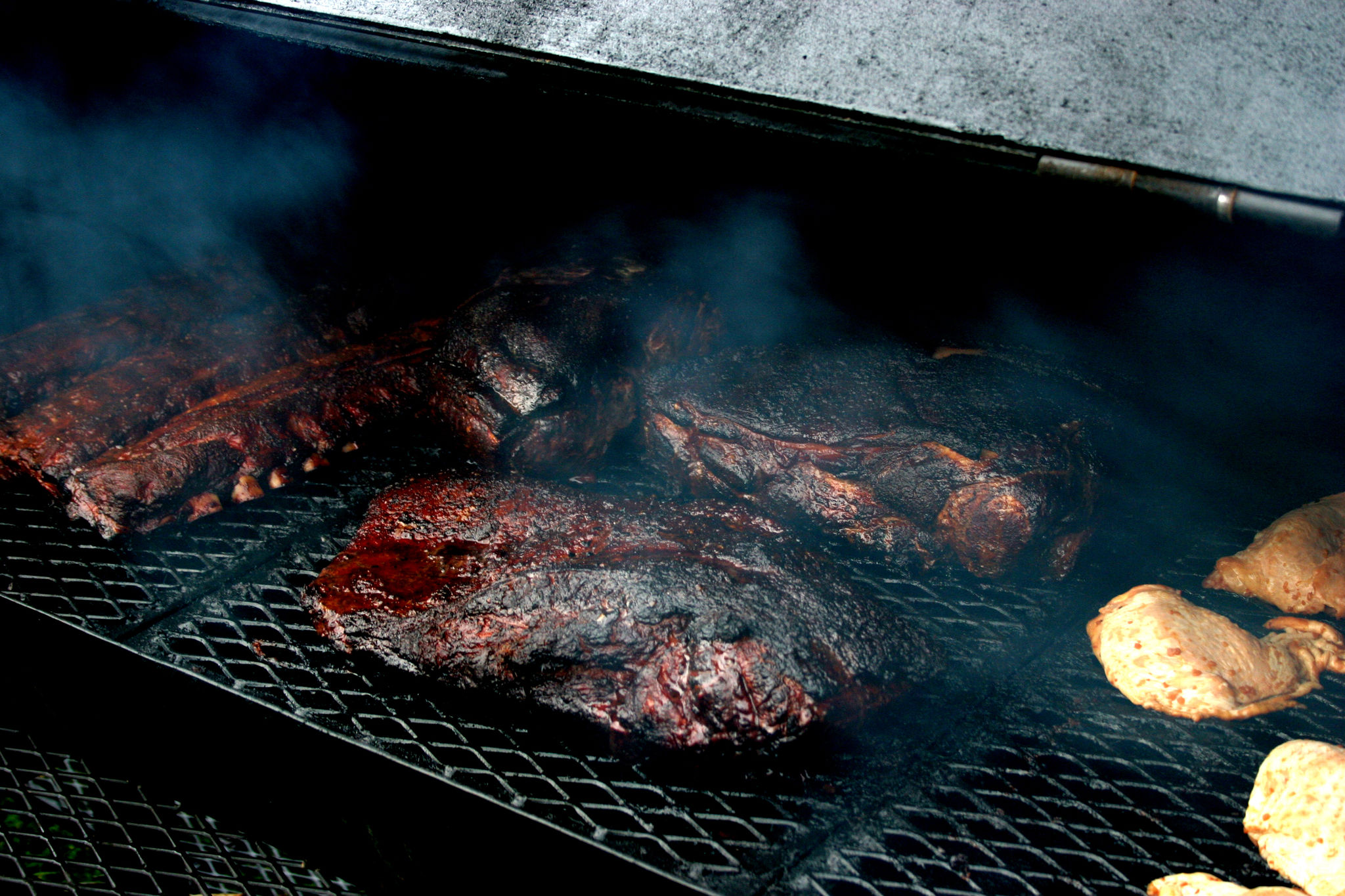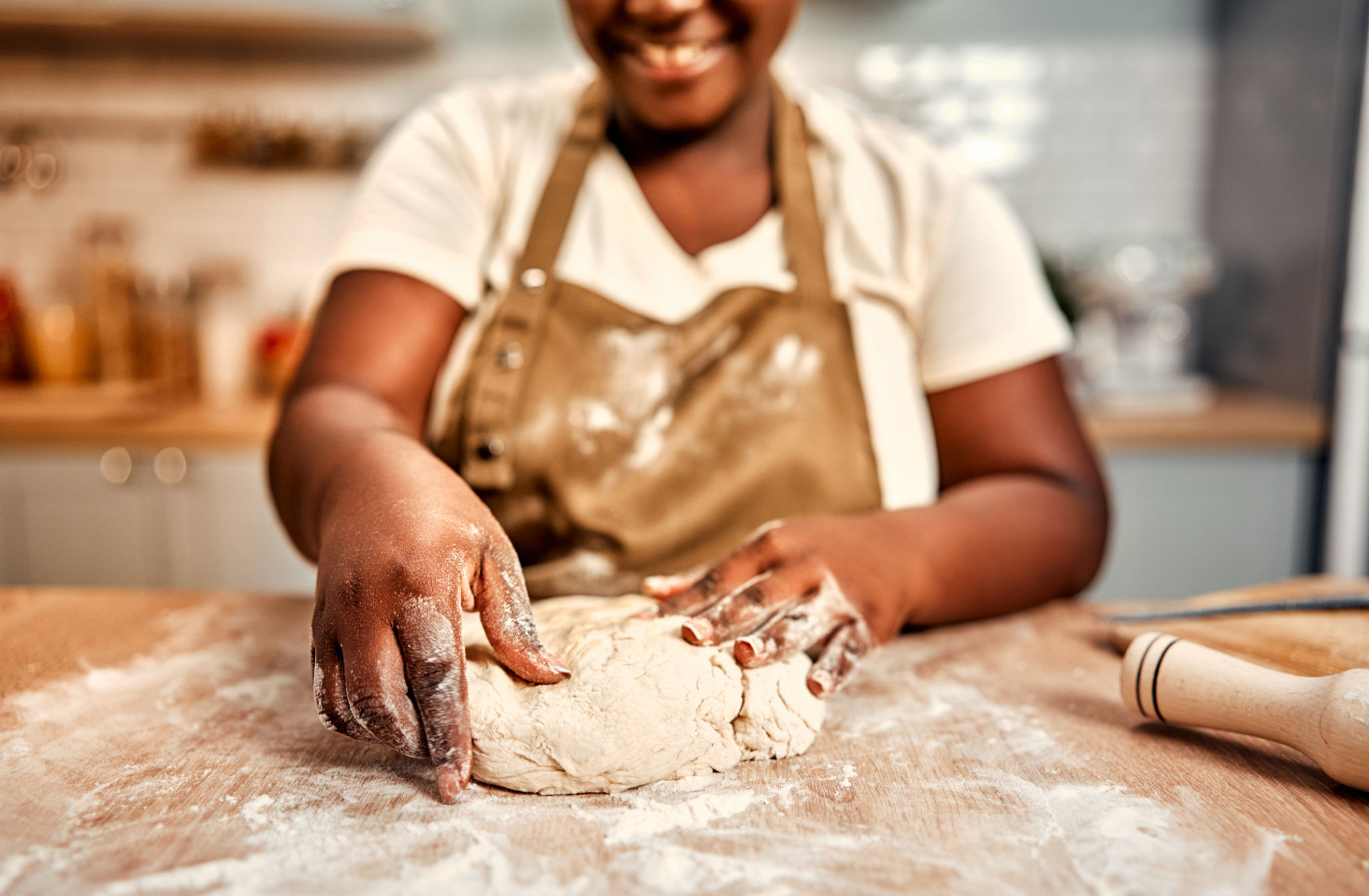A Guide to Traditional Cooking Techniques: Preserving the Art of the Past
Introduction to Traditional Cooking Techniques
In a world driven by technology and rapid advancements, traditional cooking techniques offer a comforting nod to our culinary past. These methods not only provide a connection to our ancestors but also ensure that flavors and nutrients are preserved in the best possible way. By understanding and applying these age-old techniques, we can bring a piece of history into our modern kitchens.
Traditional cooking methods, such as fermentation, smoking, and slow cooking, have been passed down through generations. These techniques have stood the test of time and continue to be favored by chefs and home cooks alike for their ability to enhance the taste and quality of food.

Fermentation: A Time-Honored Tradition
Fermentation is one of the oldest food preservation methods, dating back thousands of years. This process involves the conversion of carbohydrates to alcohol or organic acids using microorganisms. Fermented foods are rich in probiotics, which are beneficial for gut health.
Kombucha, sauerkraut, and kimchi are popular fermented foods that have made a comeback in recent years. To begin fermenting at home, all you need is a few basic ingredients, such as salt and cabbage for sauerkraut, and a clean, airtight container.

Smoking: Infusing Flavor and Preserving
Smoking is both a method of flavoring and preserving food. Traditionally used for meats and fish, smoking involves exposing food to smoke from burning or smoldering materials such as wood chips. This technique imbues food with a distinct smoky flavor while extending its shelf life.
The type of wood used can greatly influence the final taste. For example, hickory imparts a strong, hearty flavor, while fruitwoods like applewood offer a milder, sweeter taste. Experimenting with different woods can lead to unique and personalized flavors.

Slow Cooking: The Art of Patience
In contrast to modern fast-paced cooking methods, slow cooking allows flavors to develop gradually. This technique involves cooking food over low heat for an extended period, often several hours. The result is tender, flavorful dishes that are rich in taste and aroma.
Popular slow-cooked dishes include stews, casseroles, and braised meats. Using a slow cooker or Dutch oven can simplify the process while ensuring even heat distribution throughout the cooking period.
Baking Bread: A Staple Through the Ages
Baking bread is an ancient art that has been practiced for millennia. The basic ingredients—flour, water, yeast, and salt—combine to create an endless variety of breads. From crusty sourdoughs to soft brioche, each type of bread reflects regional tastes and traditions.
The key to successful bread baking lies in understanding the science of dough development and fermentation. A well-kneaded dough and proper resting time allow the gluten structure to form, resulting in a fluffy interior and crisp crust.

The Cultural Significance of Traditional Cooking
Traditional cooking techniques are deeply rooted in cultural identities. They tell stories of resourcefulness and adaptation, reflecting the geography and history of the regions from which they originate. Preserving these methods is a way to honor our heritage and keep culinary traditions alive.
By incorporating these techniques into our daily cooking practices, we not only enrich our meals but also contribute to the preservation of cultural diversity in the culinary world. Each dish prepared using these methods becomes a testament to the resilience and ingenuity of past generations.
Conclusion: Bringing Tradition Into Modern Kitchens
Embracing traditional cooking techniques is more than just a culinary choice; it is a celebration of history and culture. As we continue to explore these age-old methods, we gain a deeper appreciation for the art of cooking and the rich tapestry of flavors it provides.
Whether you're fermenting your first batch of sauerkraut or baking a loaf of bread from scratch, remember that each step connects you to generations of cooks who have come before. These techniques are not just about preserving food—they're about preserving a way of life.
